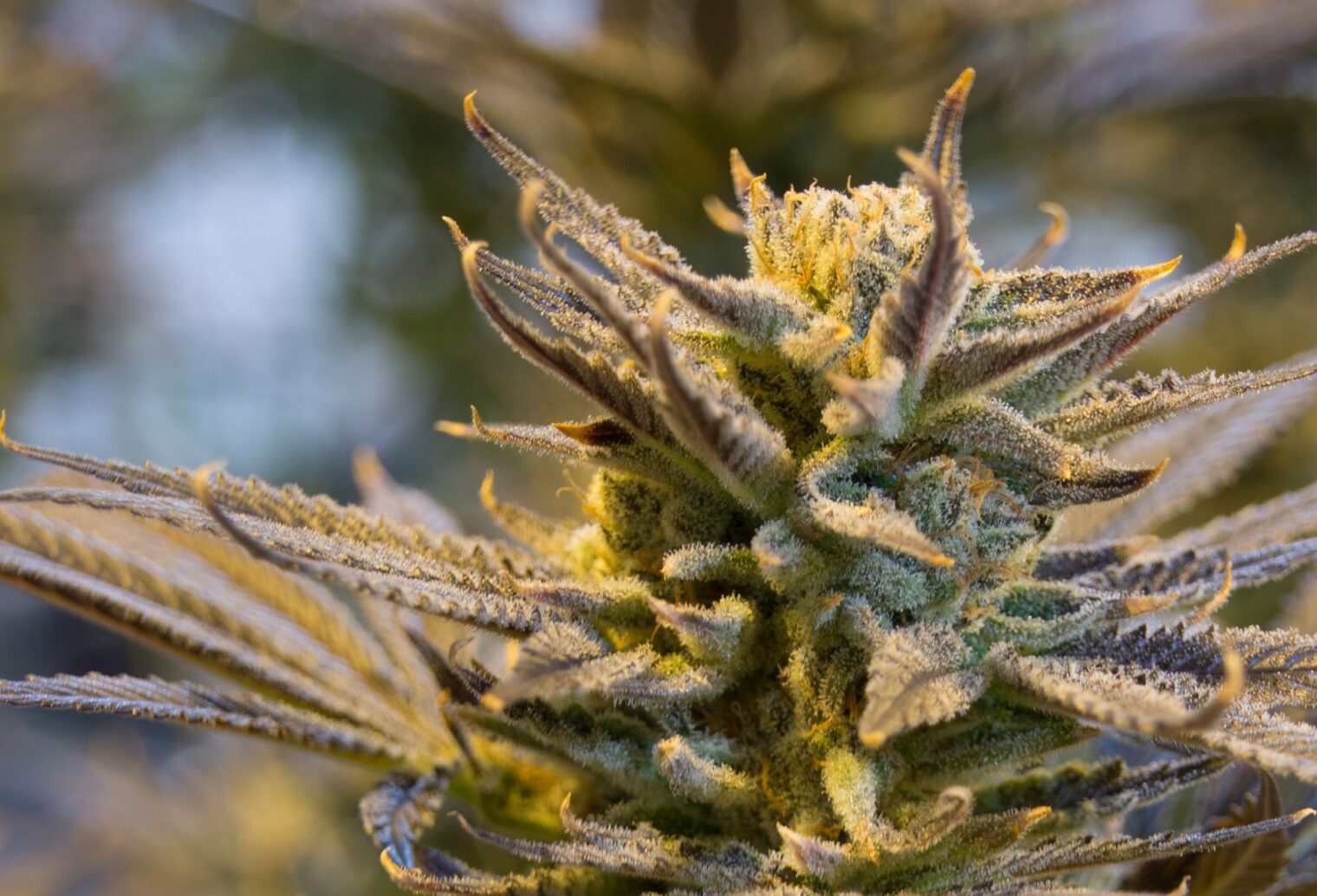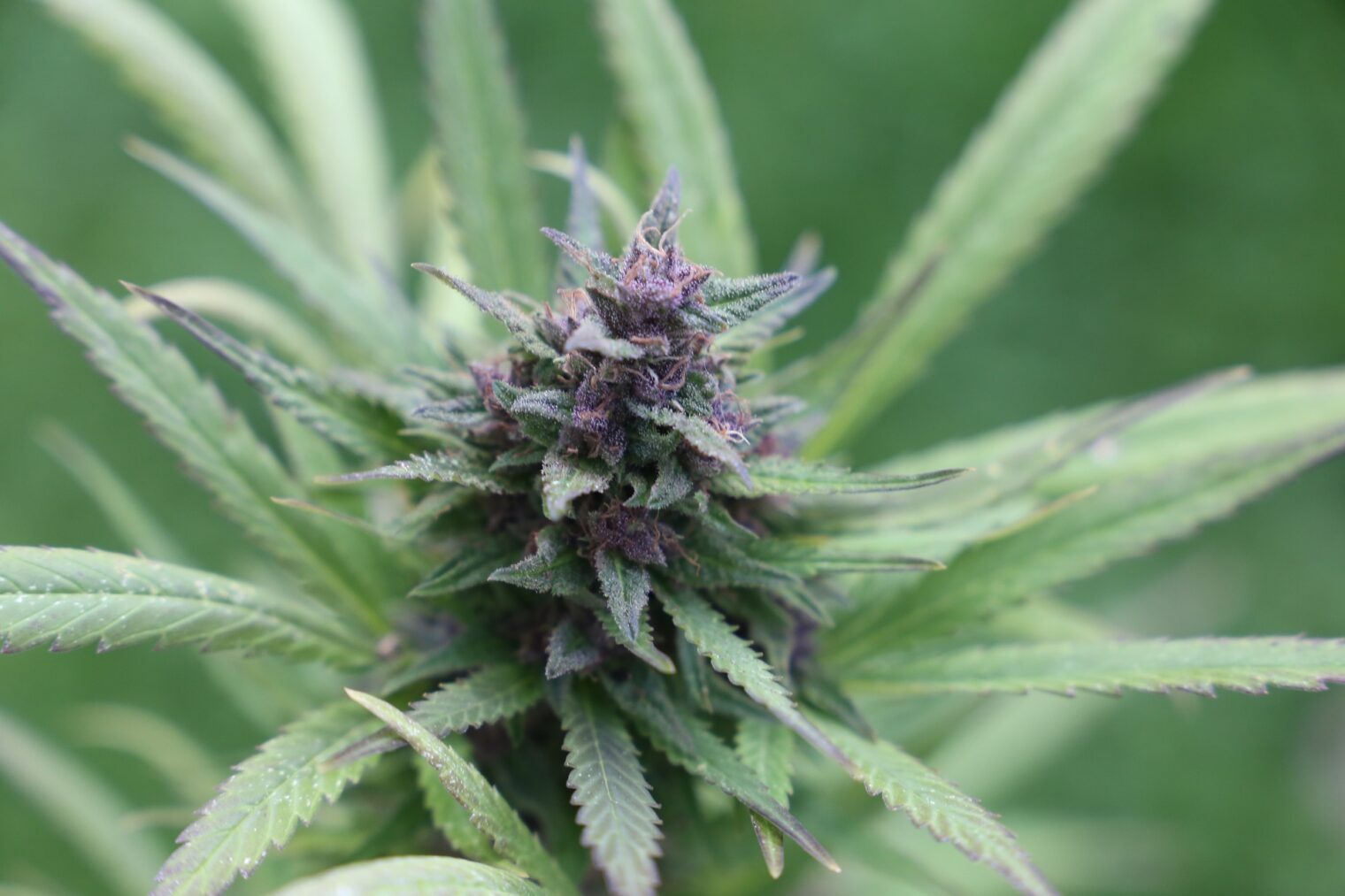Understanding Weed Strain Terpene Profiles in 2024

Table of Contents
Understanding weed strain terpene profiles is next-level cannabis knowledge. Choosing the right weed strain can be overwhelming. Each cannabis strain has a unique terpene profile that affects its flavor, aroma, and effects. Our article breaks down these profiles in simple terms, helping you find your perfect match.
Let’s dive in!
What Are Weed Strain Terpene Profiles and Their Importance in Cannabis
Terpenes are natural compounds found in cannabis that contribute to its aromatic profile and effects. They play a crucial role in determining the appearance, taste, and physiological effects of different cannabis strains. These are teh cornerstone of weed strain terpene profiles.
Primary and secondary terpenes
Primary and secondary terpenes play a crucial role in defining the unique characteristics of each cannabis strain. The primary ones, often found in higher concentrations, contribute significantly to the plant’s aromatic profiles and flavors.
These weed strain terpene profiles directly influence consumer preferences by creating distinct tastes and smells that vary from one strain to another. For instance, myrcene imparts a musky flavor, while limonene offers a citrusy aroma.
Secondary terpenes, though present in smaller amounts, are equally important. They enhance the complexity of cannabis strains by adding subtle nuances to the overall sensory experience.
These weed strain terpene profiles can also modulate physiological effects attributed to primary terpenes and cannabinoids. This interaction is key in creating the depth of experience sought after by consumers looking for specific psychological or medicinal properties in marijuana genetics.
Influence on plant’s appearance, taste, and effects
Terpenes play a vital role in determining the flavor, aroma, and visual appeal of cannabis strains. These naturally occurring compounds give each strain its distinct smell and taste, ranging from citrusy and pine to floral and earthy notes.
Moreover, specific terpenes can influence the overall effects of the plant on consumers by interacting with cannabinoids such as THC and CBD. For instance, myrcene is associated with sedative effects while limonene may contribute to an uplifted mood.
The presence and composition of different terpenes not only impact the sensory experience but also contribute to the entourage effect – where various cannabis compounds work together synergistically to enhance therapeutic benefits or psychoactive properties Keywords: Terpenes, Cannabis strains, Aroma, Entourage effect
Types of Terpenes Found in Cannabis Strains
Cannabis strains encompass a variety of terpenes, each contributing to the distinct aroma and flavor. Myrcene, for example, is known for its earthy scent and potential sedative effects on the body.
Myrcene
Myrcene are primary weed strain terpene profiles found in cannabis, with an earthy and musky aroma. It’s also present in hops, lemongrass, and thyme. This terpene contributes to the “couch-lock” effect of some strains by increasing the permeability of cell membranes.
Myrcene has potential anti-inflammatory effects and can synergistically enhance the effects of THC, potentially leading to more potent strains.
Myrcene influences the psychoactive potency of cannabis strains, contributing to sedative effects when present in higher concentrations. Strains with high myrcene content may exhibit calming and relaxing properties that are appealing for users seeking relief from stress or insomnia.
Limonene
Limonene, a citrus-scented terpene, is commonly found in cannabis strains and is known for its uplifting and mood-enhancing effects. This terpene also contributes to the fruity aroma of certain cannabis varieties, making it a popular choice among consumers.
Limonene has been studied for its potential anti-anxiety and anti-depressant properties, as well as its ability to promote stress relief and relaxation when combined with other cannabinoids like THC.
Additionally, limonene may play a role in increasing the absorption of other terpenes and cannabinoids due to its molecular structure.
Terpinolene
Terpinolene is a terpene commonly found in cannabis strains, contributing to their aromatic profile. It emits floral and herbal scents with a hint of citrus, creating a unique aroma for the strains it’s present in.
Terpinolene also has potential health benefits, as studies suggest it may have antioxidant and sedative properties, making it an appealing choice for individuals seeking relaxation or stress relief from cannabis products.
In addition to its pleasant aroma and potential health benefits, terpinolene plays a role in modulating the effects of THC and other cannabinoids within cannabis chemovars. This interaction can impact the overall experience of consuming cannabis products containing terpinolene, influencing both psychological and physiological effects on consumers. These are really exciting weed strain terpene profiles.
Caryophyllene
Caryophyllene is a terpene found in various cannabis strains and is also present in black pepper, cloves, and cinnamon. It contributes to the spicy, peppery aroma of these plants. Research suggests that caryophyllene may interact with the body’s endocannabinoid system, potentially providing anti-inflammatory and pain-relieving effects.
This terpene has garnered attention for its potential therapeutic properties and its ability to influence the overall aroma and effects of cannabis products.
In addition to its aromatic qualities, caryophyllene has drawn interest due to its interaction with cannabinoid receptors. This interaction may contribute to the entourage effect when combined with cannabinoids like THC and CBD.
Pinene
Pinene is a cannabis terpene that contributes to the familiar aroma of pine trees. It is also found in rosemary, basil, and conifers. This terpene has potential anti-inflammatory effects and may improve airflow to the lungs, making it an area of interest for medical research on respiratory conditions.
Understanding the role of pinene in cannabis strains can provide valuable insight into their potential therapeutic effects and aromas while influencing consumer preferences and experiences.
With its distinct fragrance and potential health benefits, pinene plays a significant part in shaping the diverse profiles of cannabis chemovars.
Linalool
Having discussed the influence of Pinene on cannabis terpene profiles, it’s important to consider Linalool, another vital terpene found in various cannabis strains. Linalool is known for its floral aroma and is commonly found in lavender, citrus, and mint plants.
This terpene offers potential anti-anxiety and sedative effects when combined with cannabinoids, contributing to the overall therapeutic benefits of certain cannabis cultivars. Additionally, linalool plays a significant role in determining the aromatic profile of cannabis products, influencing product aroma and consumer preference.
The presence of linalool in commercial strains can contribute to enhancing the psychological and physiological effects experienced by consumers. Its interaction with THC potency and minor cannabinoids highlights its importance in creating distinctive chemovars with varying sensory experiences.
The Role of Terpenes in Cannabis Chemovars
Terpenes in cannabis chemovars influence the plant’s effects, such as relaxation, focus, or upliftment. Different combinations of terpenes and cannabinoids contribute to the unique physiological and psychological effects of each cannabis strain.
Influence on plant’s effects
Terpenes play a crucial role in influencing the effects of cannabis strains on both the mind and body. Through their interaction with cannabinoids, terpenes contribute to the unique psychoactive and physiological outcomes associated with different cannabis varieties.
This chemical synergy not only impacts the overall experience but also determines whether a strain will produce an energizing, calming, or euphoric effect.
Moreover, specific terpene profiles can even modulate the intensity and duration of THC’s high. Depending on their composition, terpenes contribute to a wide range of effects such as relaxation, focus, stress relief, or appetite stimulation.
Combinations of terpenes and cannabinoids
Some cannabis strains contain a mix of terpenes and cannabinoids, resulting in various effects. These combinations can produce synergistic interactions that enhance or alter the overall effect of the strain.
Understanding how different terpenes interact with cannabinoids like THC and CBD is crucial for predicting the psychoactive and therapeutic potential of a strain.
In addition to affecting flavor and aroma, terpenes can modulate the impact of cannabinoids on a user’s mental state and physical sensations. By combining specific terpenes with certain cannabinoid profiles, growers can intentionally cultivate strains with targeted effects that cater to diverse consumer preferences in both recreational and medicinal markets.
Separation of Cannabis Terpenes and Their Industrial Importance
Cannabis terpenes can be separated using various methods, such as steam distillation or solvent extraction, for their industrial importance. These terpenes have industrial uses in products like fragrances, flavors, and even pharmaceuticals.
Methods of separation
To extract and separate cannabis terpenes, various methods are employed in the industry. One common method is steam distillation, where steam is used to gently extract the terpenes from the plant material.
Another popular technique is solvent extraction, involving the use of solvents like butane or ethanol to draw out the terpenes from cannabis. Additionally, CO2 extraction utilizes pressurized carbon dioxide to isolate terpenes from the plant matter.
Each method has its advantages in terms of efficiency and purity for industrial applications.
Furthermore, fractional distillation has gained traction in separating individual terpenes based on their boiling points. This process involves heating a mixture of terpenes to their specific boiling points and then collecting them as they vaporize at different temperatures before condensing into pure forms.
Industrial uses for terpenes
Terpenes are widely used in various industrial applications due to their unique properties. They are commonly found in cleaning products, fragrances, and cosmetics. Companies utilize terpenes as natural solvents and flavor enhancers in the production of food and beverages.
Additionally, terpenes have gained popularity in the manufacturing of essential oils for aromatherapy, offering therapeutic benefits derived from their aromatic compounds.
Moreover, these organic compounds play a significant role in the creation of insecticides due to their ability to repel pests naturally. The pharmaceutical industry also harnesses terpenes for drug formulations and encapsulation technologies to improve bioavailability and target-specific delivery mechanisms.
Weed Strain Terpene Profiles Explained
Understanding weed strain terpene profiles in 2024 provides valuable insights into the diverse chemical compounds found in cannabis. Exploring terpenes’ impact on the plant’s properties and effects enhances our understanding of their significance in different strains.
Recognizing the industrial uses of separated cannabis terpenes could pave the way for innovative applications in various industries. Studying and appreciating the intricate world of terpenes can lead to more informed decisions when choosing specific cannabis strains.









